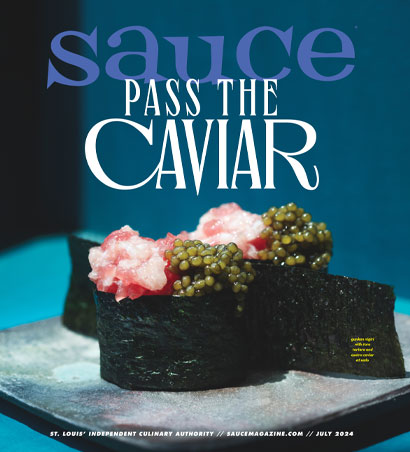Grain Elevated: Whole grain is hip – especially if it’s exotic
I’m just old enough to remember the days BWFM (Before Whole Foods Market), when a need for whole-wheat flour or brown rice meant a trip to a “health food” store. You know the scene (just play along if you’re under the age of 30): bins of bulk food in all shades of brown, limp carrots and bags of bean sprouts, and the cloying smell of patchouli. Now that we’re all 21st century, we’re a bit spoiled – but in a good way. We can walk into spacious, well-stocked grocery stores just about anywhere and not only load the cart with organic whole-grain flour while ordering our sushi rolls with brown rice, but also choose from an entire spectrum of exotic grains, seeds and kernels in attractive bags and boxes. Whole grains, it seems, are hip again. But when Rachael Ray appears on the Triscuit box hawking whole-grain crackers, it’s a sure sign that we all need to break out and update our wardrobe of basic brown – that’s right, we need to go beyond brown rice. Everybody knows that whole grains are good for us, but the fact that even big, mainstream food companies have been intent on enhancing their products with them lately has more to do with our national obsession with weight loss. Low-carb diets like South Beach have made whole grains de rigueur in high-fiber, high-protein meal plans. In fact, it wasn’t until I’d packed about 40 extra pounds on my own body that I started incorporating more of the stuff into my cooking. Since I’d pretty much been a carb addict since birth, I liked nothing better than knocking back multiple bowls of pasta, but something about having a few kids and avoiding exercise for a few years must have changed my metabolism a tiny bit. Following the positive results of a friend who was on the Weight Watchers Flex Plan, I started swapping out my regular spaghetti for the whole-wheat kind, substituting crusty whole-wheat sourdough for the plain white loaves I used to eat, and finally, moving on to experiment with those crazy little bags of grains I found on the grocery shelf. There’s a veritable rainbow of choices out there, the likes of which start to sound like a foodie crime ring of international proportions: Middle Eastern green spelt, Chinese and Thai black rice, Italian and Himalayan red rices, and Bolivian red quinoa, among many more. Of these “designer grains,” two of my everyday favorites have become farro and quinoa. Quinoa (KEEN-wa) has so many things going for it, I wouldn’t be surprised if it were nominated for a Nobel grain prize. It was an important source of protein to the ancient Incas and is still grown in the Andes. It is a nutrient-dense grain rich in protein and calcium (just one cup has more calcium than a quart of milk), is easily digested and cooks in about 15 minutes. I love its slightly crunchy texture and sweet, nutty flavor. I’m especially enamored of the Ancient Harvest brand Inca Red quinoa; it retains its beautiful russet color when cooked and doesn’t even require a brief rinse to remove its natural, slightly sticky coating of saponin, as basic varieties of quinoa usually do. I like to toss warm, cooked quinoa with black-eyed peas and a spicy lime dressing to serve as a complete, quick vegetarian meal or as a base for simply grilled shrimp or chicken. Farro is the Italian name for emmer wheat, another ancient grain that has become a darling of fancy-pants restaurants lately. And for good reason: It cooks fairly quickly, is chewy in a pleasantly tender way and lends itself well to a variety of seasonings. The coolest thing about farro is that it’s not brown rice. It’s a perfect grain to stretch your grain vocabulary, but not too scarily unfamiliar – kind of like pearl barley, but better. Of course, because it’s Italian in origin, adding the irresistible flavors of tomato, garlic and cheese is a perfectly delicious way to enjoy it.Most Recent
Drink this savory martini at The Lucky Accomplice in St. Louis
The Lucky Accomplice’s bar manager Corey Moszer is thinking outside the box …





